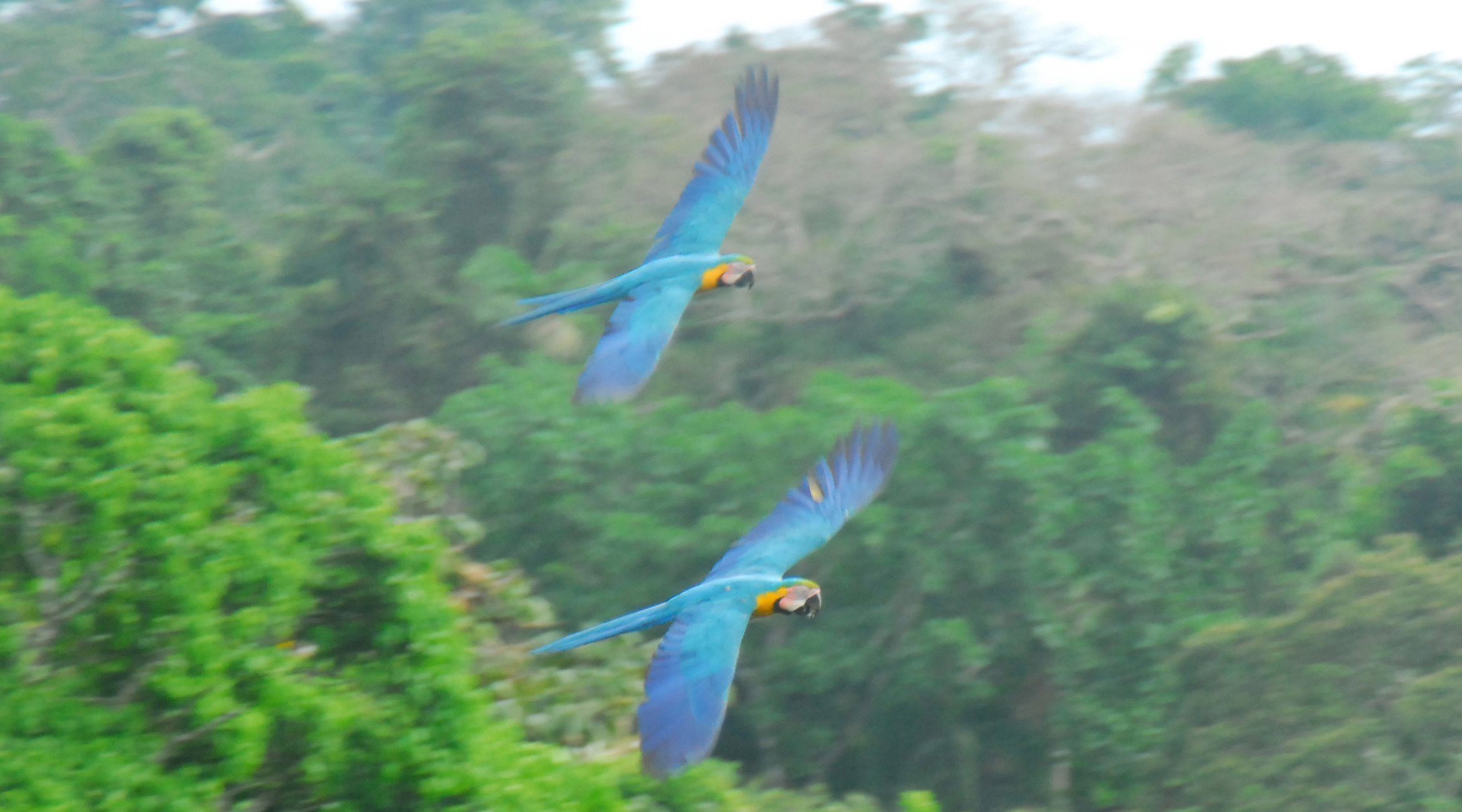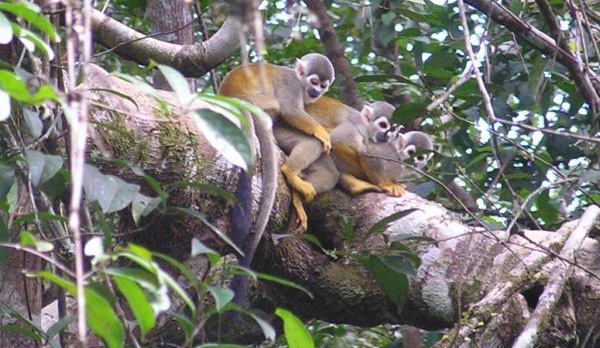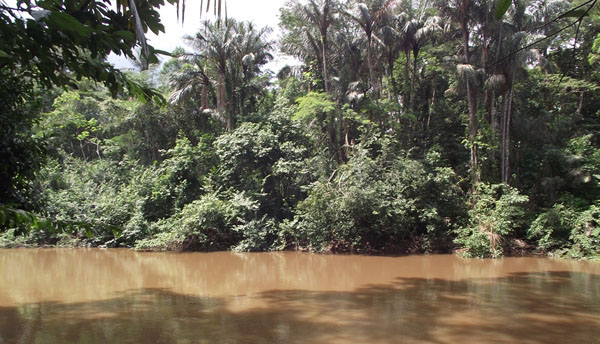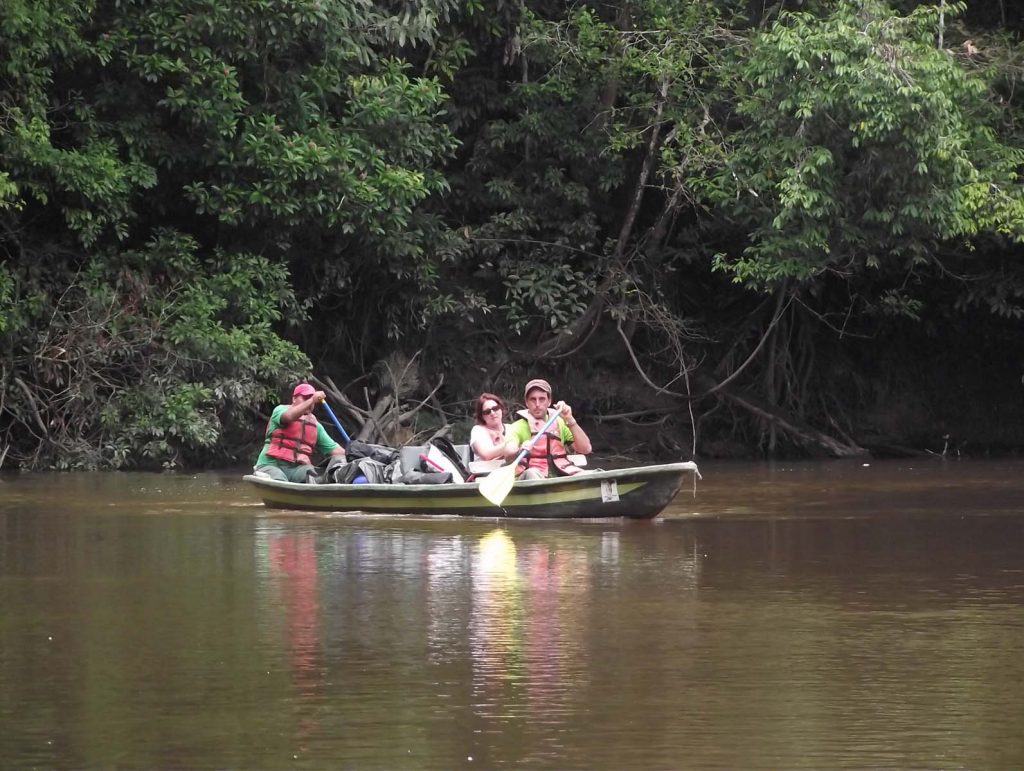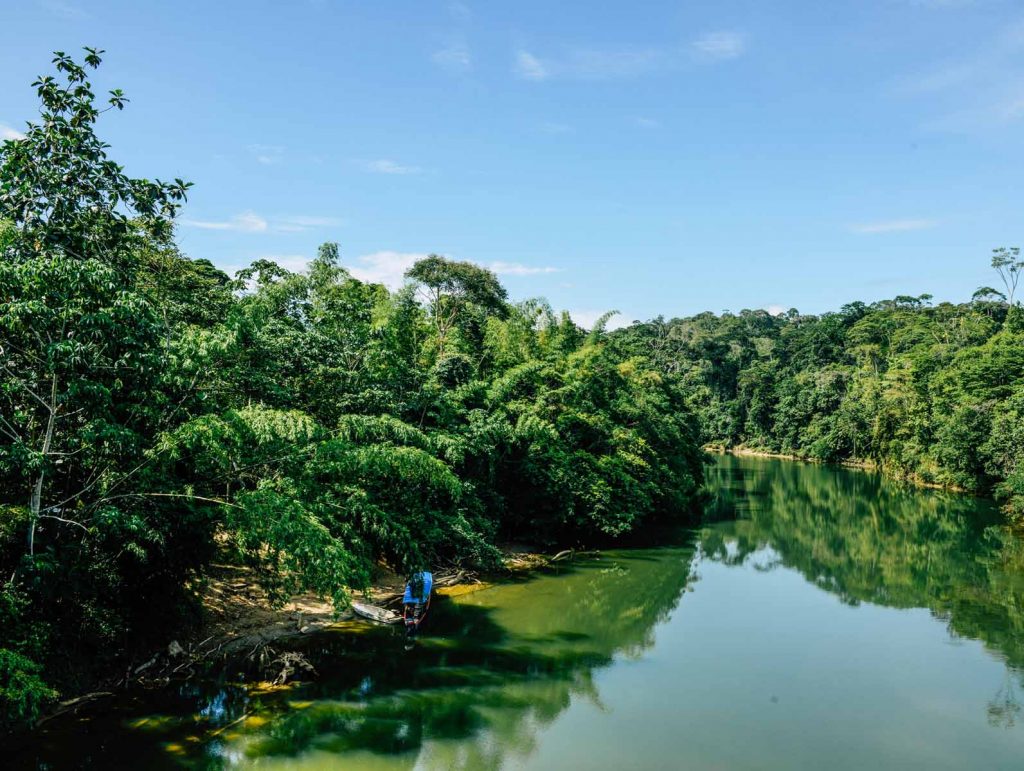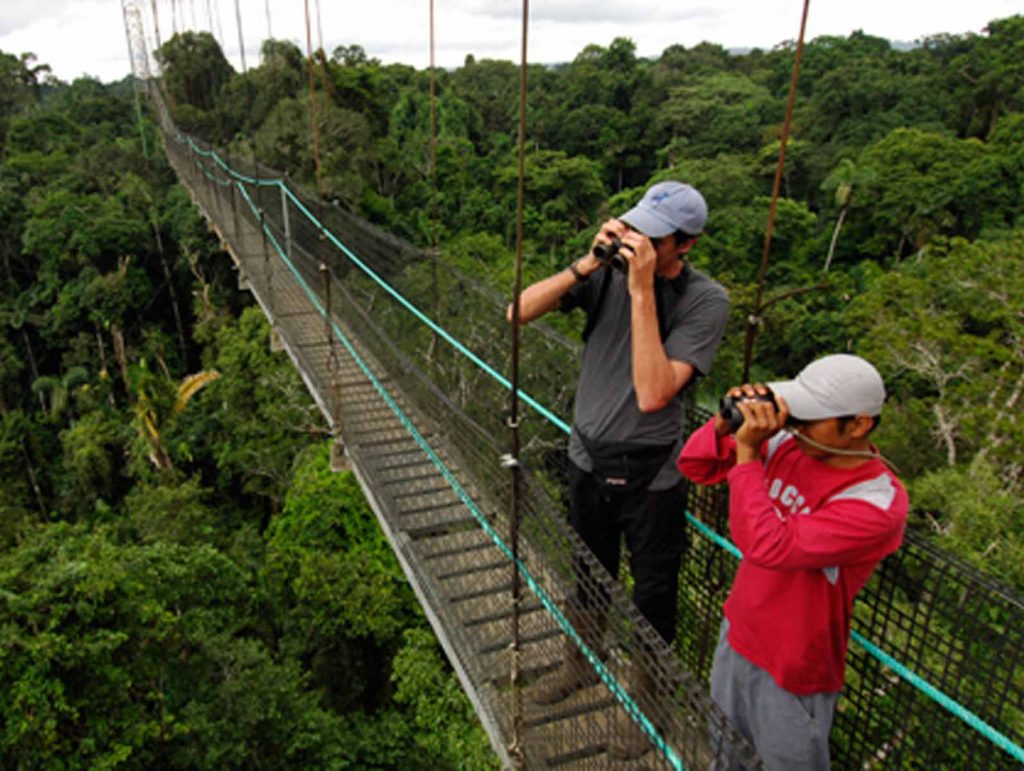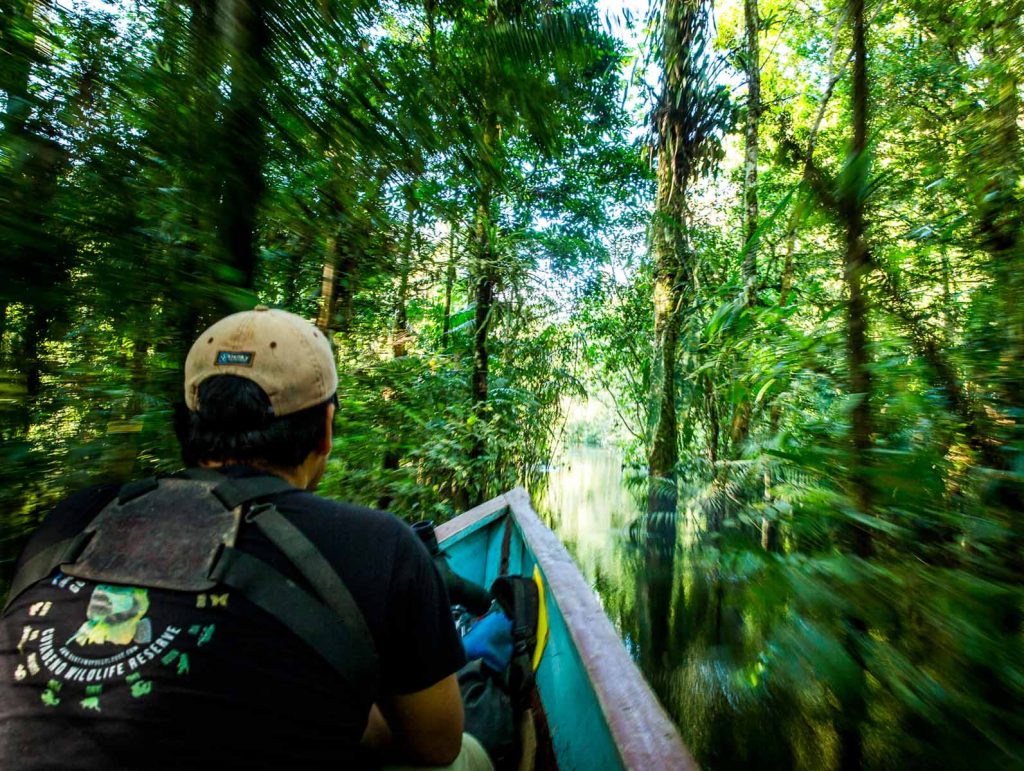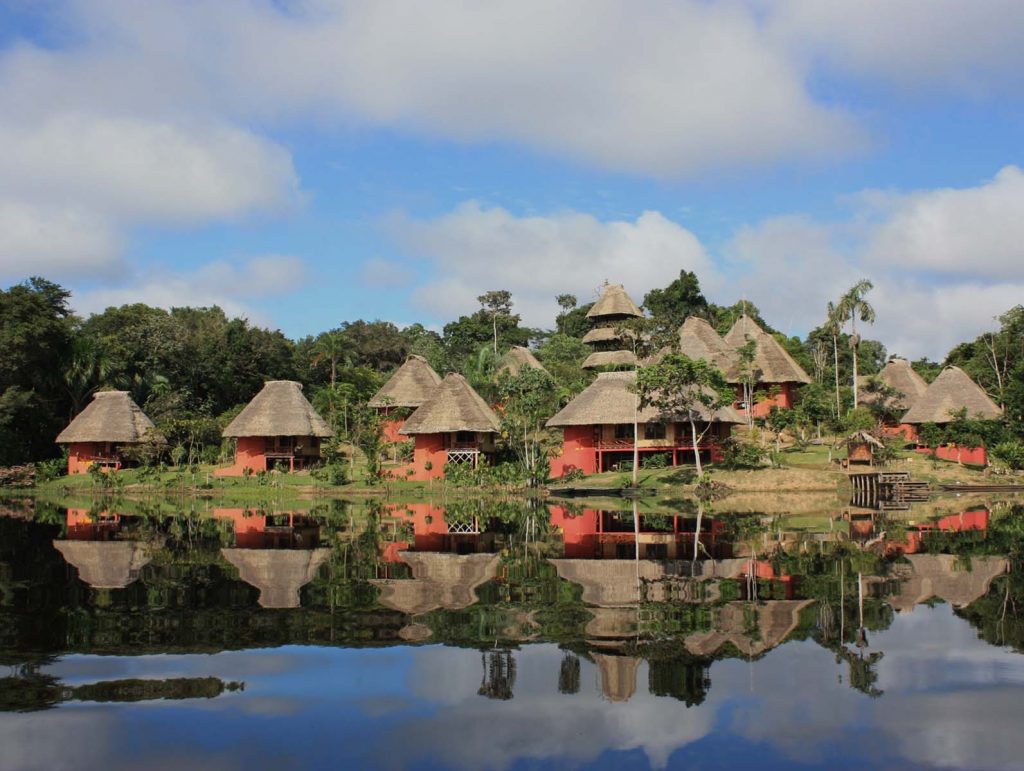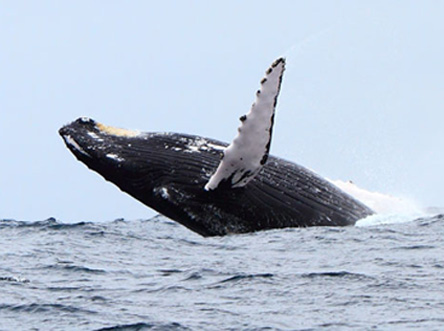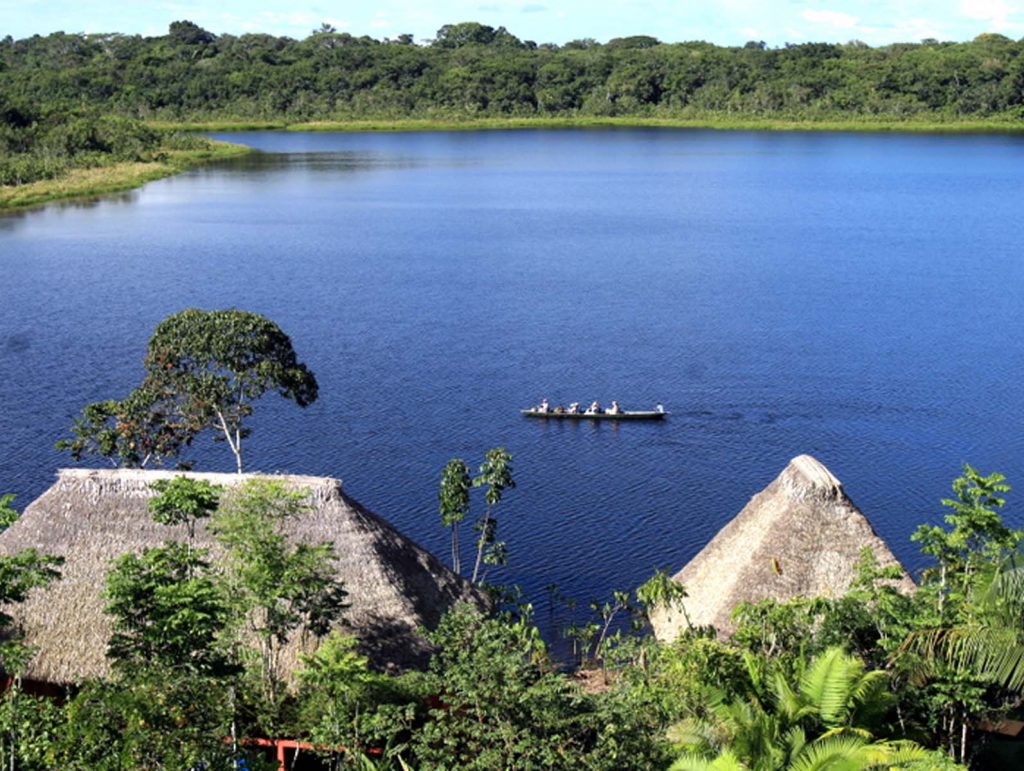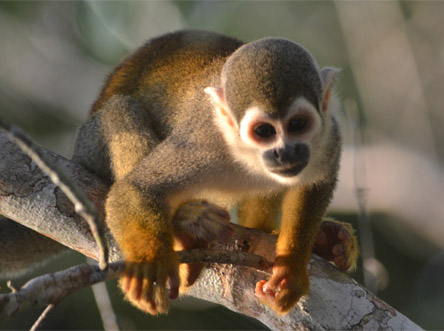The tropical rainforest in Ecuador, covering an approximate area of 130,095 km² — about 48% of the country’s territory — is home to barely 390,000 inhabitants. It is considered by scientists to be one of the 25 key sites for the survival of the planet and holds the highest percentage of biodiversity in the world. Indeed, this vast reservoir of wild life is a privileged place for observing plants, mammals, amphibians, reptiles, and insects. The Amazon, or tropical rainforest, boasts great diversity not only in its fauna and flora but also in its landscapes and cultural richness.
To see the Amazon rainforest in all its splendor and to have more opportunities to observe wildlife, it is necessary to venture deep into the jungle. The most remote areas — and therefore the best for wildlife and vegetation — are accessible from the towns of Lago Agrio or Coca. From these two starting points, multiple lodges await to help you discover the still-wild animal life; it is common to spot anacondas, monkeys, toucans, macaws or parrots, caimans, and — if you are lucky — to see the mythical pink river dolphin leaping beside your boat!
For families with young children or for a first experience in the Amazon, the area of Tena or Misahuallí is ideal to get a taste of the forest and to discover the customs and traditions of the indigenous communities living here and there. No malaria treatment is necessary, and you will be able to learn how cassava and cocoa are harvested, taste the famous chicha, visit a shaman — the local healer and authority. Here, wildlife has retreated somewhat deeper into the forest, away from populated areas. Nevertheless, it is still possible to observe birds or monkeys and take walks through the forest in search of medicinal plants.
Activities here are more recreational: swimming in the river, building a balsa (raft) to drift silently downstream while listening to the sounds and cries of monkeys and birds…
In short, the Amazon rainforest can be visited without fear and is accessible to everyone — families, large groups, and adventurers alike. We will guide you toward the experiences that best suit your profile.
In summary, the Misahuallí area could be ideal for travelers who do not have enough time to reach Lago Agrio or Coca, or for families with young children.
The Cuyabeno Reserve, Yasuní National Park, and the Huaorani community are richer in wildlife, offering greater opportunities to observe animals. Moreover, the rainforest in these regions is better preserved, with centuries-old trees, as humans have not yet managed to fully integrate into this environment.
Our commitment to sustainable tourism in Ecuador
The Huaorani Reserve (comprising 18 communities) is located in the northeastern part of the Amazon, near Yasuní National Park — one of the largest wildlife reserves on the planet!
The Huaorani people are known for their extensive knowledge of the forest and their great skill in hunting. The elders of the Huaorani community have pierced earlobes in which they place balsa wood discs, a symbol of wisdom. Possessing extraordinary physical strength, the Huaorani are fully adapted to the sometimes-hostile environment of the rainforest.




